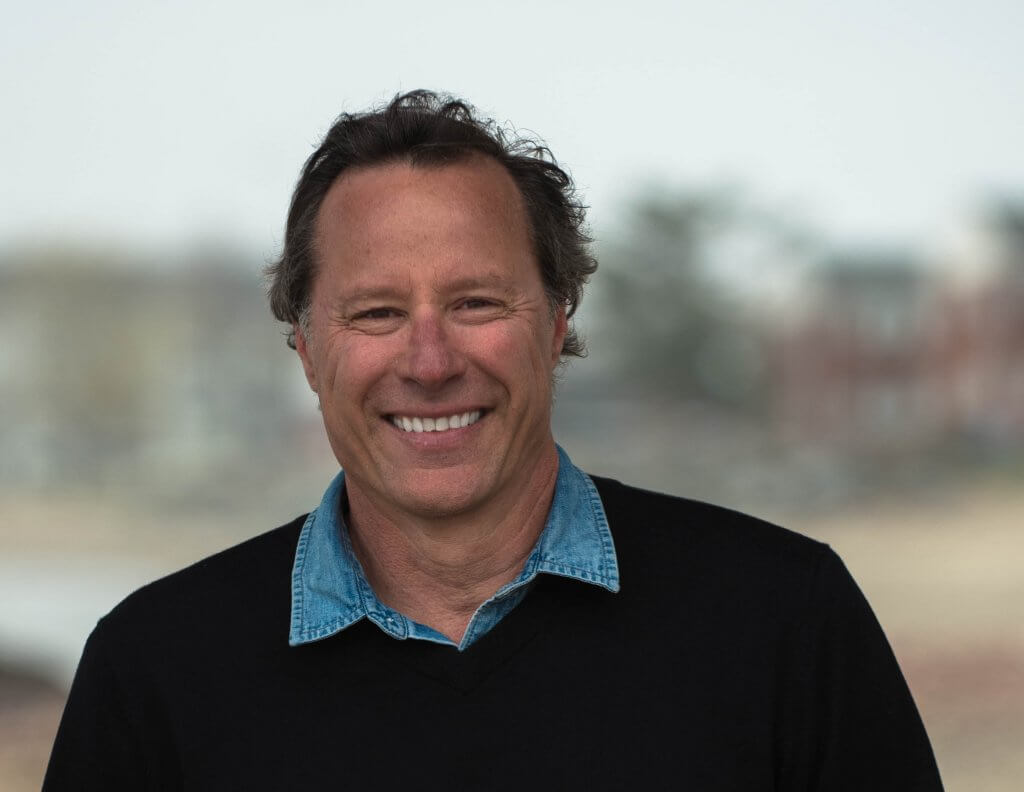
I never set out to become a writer. When I graduated from college I was a directionless and unmarketable young man with a political science degree. Fresh off two stage productions, for a brief time I entertained delusional fantasies of moving to Hollywood and becoming an actor, but for the next two years what theatrical aspirations I’d secretly harbored were subsumed by the ebb and flow of what we do before we discover what we want to do with the rest of our lives.
My first job out of college was as an insurance adjuster. My duties were non- descript for the most part, and my brief stint at the company was largely unremarkable but for a chance conversation I’d had sometime during my first few days in the office with a fellow employee named Paul Serio.
The first thing I noticed about Paul was the conspicuous array of pewter rings that adorned each of his fingers, elaborately etched with symbols and designs you might see upon the gnarled hands of a fortune-teller or purveyor of the occult, not a portly middle-aged man wearing a shirt and tie. He was bespectacled, with longish black hair that flowed just atop his shirt collar. Though a tad eccentric in appearance, Paul had an engaging demeanor and spoke much like a career man, extolling the virtues of our company after introducing himself, even offering to help organize my burgeoning file load as he took a seat at my desk the day we met. He continued to greet me each time he passed by on his way to the coffee maker, asking how my day was going and making small talk. His sporadic presence—he was rarely in the office, and always seemed in a hurry to be elsewhere—spawned rampant gossip about his personal life. He’d had eight wives, rumor had it, and his weekends were spent jousting with knights at local Renaissance Fairs, which explained the eclectic jewelry.
Two years later I left the company, and that was the last I saw of Paul Serio. It wasn’t until about the summer of 1993, during a particularly dark period of my life two years before law school, that I learned two interesting pieces of information that were instrumental in charting a new journey and steering my life on a more fateful course. One day, while staying in the Jersey Shore town of Avalon, New Jersey, I received a call from a former officer worker and friend who informed me that Serio had appeared on the television show America’s Most Wanted, as someone from our office had turned him into Florida authorities. The same medieval swordsman who offered to help me was, in fact, a contract killer who’d strangled a Ft. Lauderdale housewife with a telephone chord and plunged a knife in her chest seven years before I’d met him. He died in prison several years later while serving a life term.
That same summer in Avalon I was fascinated to read where serial murderer Ted Bundy had attended Temple University in the spring of 1969 and had intimated his involvement in the murders of college friends Susan Davis and Elizabeth Perry near Ocean City, New Jersey on Memorial Day 1969. The Philadelphia Inquirer article immediately brought to mind a trip home from the Jersey Shore when I was a boy and had overheard my parents talk about the unsolved case as we passed the location along the parkway near where the coeds had been slain.
I didn’t draw any correlation between these two sociopaths or attach any meaningful significance to these memories until sometime after I graduated from law school, and felt a burgeoning desire to resurrect the muse that had spoken to me on the college stage. I sensed a creative void that needed fulfillment and decided to indulge my creative aspirations once more, albeit in an entirely different creative endeavor. I’d always been an avid book reader, but never felt compelled to try my hand at fiction writing until after I’d devoured two literary masterpieces, The Confessions of Nat Turner by William Styron and Rabbit at Rest by John Updike. In short order, I consumed everything these two literary legends had written, and sought out authors with similar styles. I also read The Prince of Tides and The Lords of Discipline by Pat Conroy, trying amateurishly to emulate his evocatively lyrical southern prose. Through a process of distillation, I eventually discovered my own voice.
I began to research the 1969 coed murders in earnest in 2000, while looking for ideas for a short story I was to submit as part of an assignment for a summer fiction writing class at Rutgers University. In 2009 I published my first book, The Origins of Infamy, a reimagination of the slayings written entirely from Ted Bundy’s perspective. The generally positive reception that followed didn’t serve as a final chapter to the saga, however. The real story about the Memorial Day slayings needed to be told, I thought, but this time without embellishment.
So I set off on my next journey, exploring the case further, interviewing witnesses, retired police detectives, placing calls to the victims’ friends. I was obsessed with finding Susan and Elizabeth’s killer, logging hundreds of miles in my car, visiting Somers Point and Ocean City, New Jersey dozens of times. I spent entire afternoons in restaurant bars frequented by off-shift construction workers and salty bar flies, seeking out anybody who knew remembered the 1969 coed murders and was willing to talk about them. In further researching Ted Bundy, who seemed like a natural launching point for THE GARDEN STATE PARKWAY MURDERS: A COLD CASE ODYSSEY, I learned everything there was to know about his early boyhood in order to better understand what sinister forces gave rise to the inestimable carnage he wrought during his twenties. I’d already been to Seattle and visited his old haunts and crime scenes while researching for The Origins of Infamy, but hadn’t spoken with those closest to him. By interviewing Bundy’s family members, what I learned about his formative years in Philadelphia was markedly different than just about everything that had been written about him. As I investigated several other persons of interest in the 1969 parkway slayings, I noticed a bizarre interconnectedness between these men and Ted Bundy that was oddly reminiscent of the small-world theory that served as the inspiration for John Guare’s play The Six Degrees of Separation. Every suspect and person of interest seemed related to him, and one another, in ways I never imagined possible.
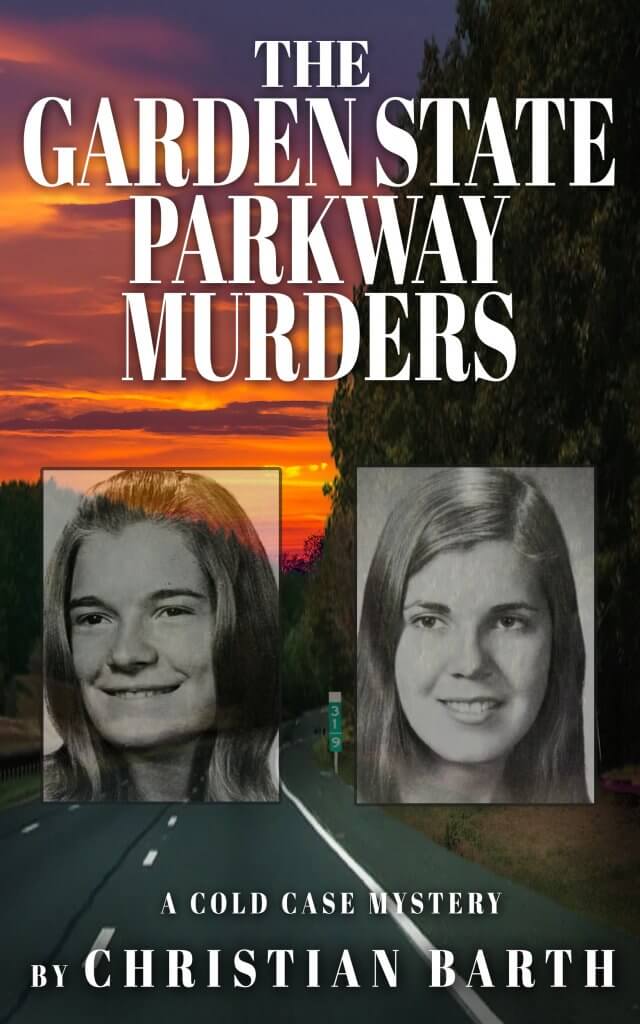
I hope that THE GARDEN STATE PARKWAY MURDERS: A COLD CASE MYSTERY offers New Jersey State Police detectives some fresh leads and new names to consider, and inspires their Major Crime Unit to give a second look at persons of interest they might have previously overlooked or disregarded.
On a personal note, though I reside with my family in Connecticut, I practice law exclusively in New Jersey and visit Ocean City each summer.
Hopefully what zealous passion and energy I’ve devoted to this cold case shall carry forth to my next book.
Until Next Time,
Christian Barth
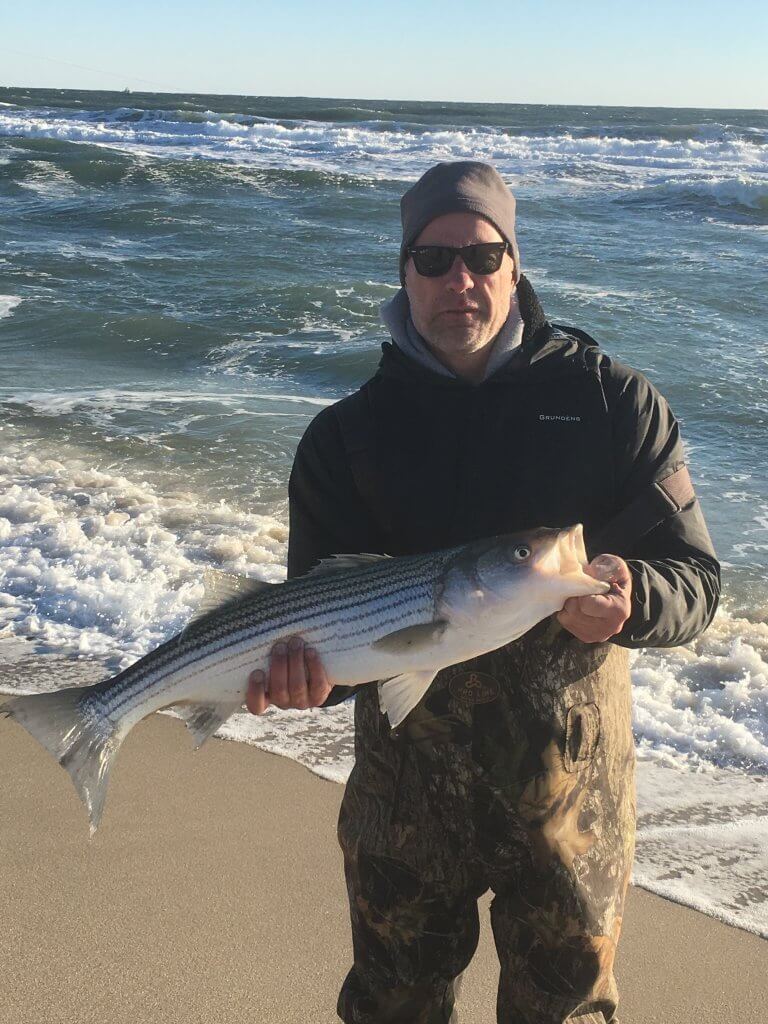

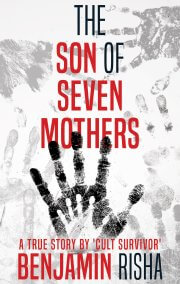

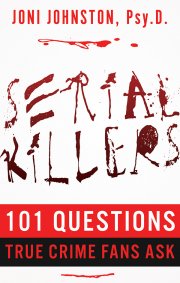
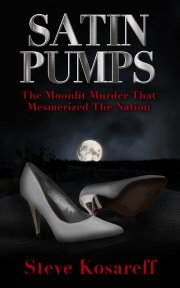
 Join our email list
Join our email list
I, like many, am very familiar with the Ted Bundy story. This upcoming book promises to deliver new and fresh information which I’m eager to learn about. I have read Barth’s previous book The Origins of Infamy and love his writing style. Counting the days for his new book to come out!
I am grateful you are anticipating the arrival of THE GARDEN STATE PARKWAY MURDERS! Yes, I’ve uncovered a whole lot of new information about Ted Bundy, especially regarding his early boyhood in the Philadelphia suburbs, the semester he spent at Temple University in the spring of ’69, and his possible involvement in the the Memorial Day slayings of Susan Davis and Elizabeth Perry. Hopefully what I’ve uncovered will deliver some much needed closure to this tragic cold case.
This is an impressive feat of research and reporting and a feast for true crime aficionados. I found the book impossible to put down. If The Garden State Parkway Murders doesn’t create new interest in the case, encourage new witnesses to come forward, and lead authorities to the killer, I doubt anything will. Nice work, Mr. Barth!
Thank you John! I sincerely appreciate your kind remarks. It’s my fervent hope that comments like yours build upon a grassroots movement that prompts authorities to read THE GARDEN STATE PARKWAY MURDERS and give this cold case a much needed review.
Hi Christian. How might one get in touch with you regarding your research?
Hi Mary
Can you tell me a little bit more about your inquiry, are you affiliated with a news organization?
Thanks
My wife and I both just read “The Garden State Parkway Murders’ . Great read and exhaustively researched. I was in O.C. that weekend and knew the State Police artist, George Homa who did the artists rendering. Excellent job Christian!
Thank you Nelson. So kind of you. I’m getting quite a bit of feedback from locals like you, who were in Ocean City that Memorial Day weekend. I did speak with the late George Homa, but his memory of the case limited to being asked to draw a composite of the suspect witnesses saw near milepost 31.9. I’, hoping we can get a grassroots moving and persuade both the Atlantic County Prosecutor’s Office and New Jersey State police to re-review the case, given all the new information I’ve hopefully provided them in THE GARDEN STATE PARKWAY MURDERS:A COLD CASE MYSTERY.
Regards,
Christian
Thanks Nelson, I appreciate your compliment and feedback, so glad you enjoyed the read!
Regards,
Christian
Dear Mr. Barth:
I just finished your new book “The Garden State Parkway Murders” and thought it was fascinating. I lived in New Jersey from 1965 – 1976 and went to school at Lehigh in Bethlehem Pa., so I am familiar with much of the territory and times spoken of… You may have been asked previously, but I have two questions:
1. You did mention you queried the police for any DNA evidence left and that they did not get back to you. Yet I am unsure if you stipulated the attack on Sue Davis, though it had the sexual components you mentioned, was a rape as opposed to mere sexual violence. And of course if she was raped was there semen left behind? … It seems improbable that there would be no DNA left behind by the killer in such an extended and intimate interaction as this was..
2. It does not appear – at least from the reading of the book – that all that much effort was devoted to finding the owner of the dark ‘third car’ parked along the highway in relation to a south to north vector thought to have been belonging to the killer. I understand the use of cameras back then was uncommon in public areas, yet still, what effort was expended in this direction?
Hi John
You went to Lehigh, I’m guessing?
The police briefly replied during a phone conversation I had with them several years ago, that they “had Nothing” and from that succinct remark I implied that they found no DNA. I do not believe either of the girls were raped, though the police were never able to definitely determine, due to the 3 day lag between when the girls were murdered and their bodies were found. According to the myriad psychologists, experts and criminologists with whom I consulted, they were the victims of a sex crime, based upon how they were killed (close ups with knife), beaten, and the peculiar manner in which Susan’s body had been left
As for the owner/driver of the black car, The police spent ample resources trying to find its owner, but were unsuccessful. Though a few witnesses saw the car, and the police surmised that it was a late 1950 Pontiac, nobody got the license plate number. I always suspected that the driver of the black car was complicit in some way, and without spoiling it for others who haven’t read the book, I’ll just say that I included the last chapter(the late night incident that started in Wildwood) as a very likely example of what might have happened.
Mr. Barth:
Thanks very much. Yes, I went to Lehigh, attending during the 1980s… I grew up a young lad in Montclair NJ, with Dad working in the city. We often drove on the Garden State Parkway, and back then, in the early 1970s, it was a fairly pretty and well constructed highway. It was a divided highway, as you know, with lawns and groups of trees all about, travelling through suburbia. We all liked it. The ‘sweetness’, or pleasantness, of this highway to be conjoined with a crime of this type makes the murders all the more incompatible and baleful to me.
I know that area of the GSP very well. That was our childhood playground in the early 80s. These murders always fascinated me because they were so close to the home I grew up in. Not sure if you uncovered this in your investigation, but there was another murder in those same woods in 1986. If I am not mistaken, this murder occurred just North of Ocean Heights Ave on the east side of the GSP. That area is now developed as they extended Rosemarie and Joanne Dr. but in the 80s, that was a wooded playground when kids actually went outside.
Very interesting Jerry. Yeah, it was never The Cove. Very rural, but in the late 60’s forward, though very woodsy, there were paths running through it. No, I didn’t know there was another murder there in 1986. Feel free to elaborate. Thanks for your interests
Regards,
Christian